A courier arrived last week with a big box. When opened, out fell a jumble of colour; turquoise and orange, clothes and bags, emblazoned with slogans: “Give Respect – Get Respect”and “Where we all belong”. It was my girls’ Cúl Camp gear from the GAA. These are powerful messages that hopefully will stay with the children throughout their lives. Belonging results when equality, diversity and inclusion are the norm in a culture. Almost everyone has at some point in their life felt like they didn’t belong (for many at a summer camp). It’s not a feeling that you forget easily and many kids carry the scars of that exclusion into adulthood.
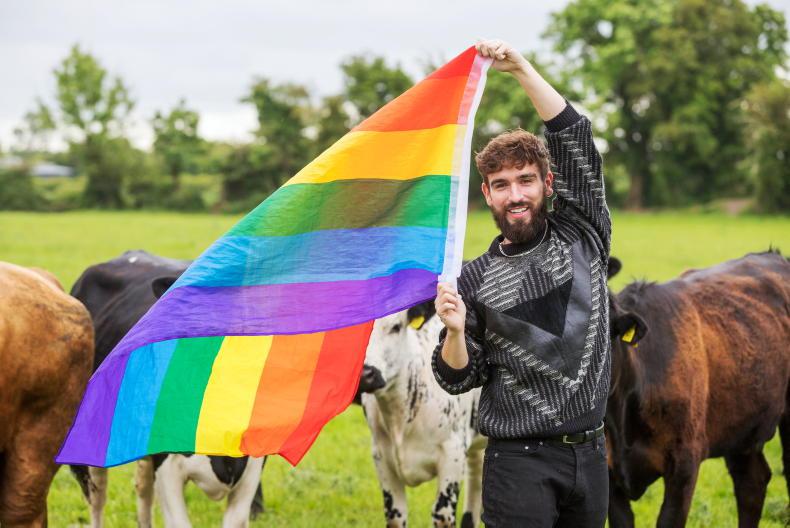
Colm Conlan is a farmer from Kildare. He tells us about his experience growing up as a gay man in the farming community. \ Claire Nash
With the annual Pride parade taking place virtually this year we will miss out on seeing the amazing splash of colour on the streets of the capital. The colours on the rainbow flag, so symbolic of Pride, each have a different meaning; red for life, orange for healing, yellow for sunlight, green for nature, blue for serenity and violet for spirit. A five-coloured chevron has been added to place a greater emphasis on “inclusion and progression”. The black and brown stripes represent marginalised LGBT communities of colour, along with the colours pink, light blue and white, which are used on the Transgender Pride Flag.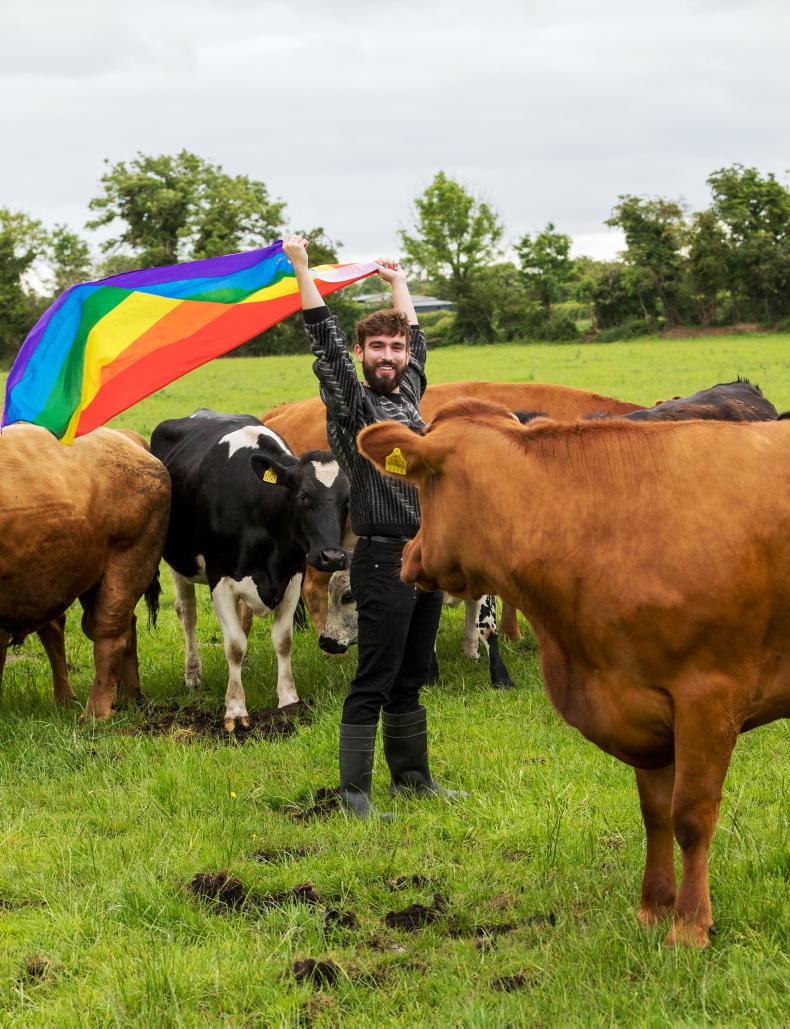
At our recent Bridging the Gap event, CEO of Bank of Ireland Francesca McDonagh spoke about reverse mentoring. She commented that there are times when people will feel uncomfortable, and concerned about saying the wrong thing. For her it was the Black Lives Matter movement. She felt less prepared around race than she wanted to be so she took it upon herself to be reverse-mentored by a colleague who is a person of colour. This, she said, helped her improve her own learning about the dos and don’ts and any unintended unconscious bias. Granted, this is in the corporate world but language and bias are not issues reserved for a work environment. You can ask a question you think is inoffensive which is actually very hurtful to the person questioned. This is particularly the case when we are not exposed to diversity on a regular basis. We might not know what the correct terminology is.
We had this conversation in the office when we noticed that Colm Conlan uses the term LGBTQ+ whereas Eimear and Ailish Considine speak about LGBTI+. Conscious of exclusion by using the wrong terminology, I looked up the BeLonG To youth services website.
[...]the best way to determine someone’s preferred identity or pronoun is to simply ask them
This is a charity supporting lesbian, gay, bisexual and trans young people in Ireland. It has a glossary of common words on its websiteand explains that: “LGBTI+ terminology can feel like a minefield when you have no previous knowledge, and terms change over time” so don’t feel alone in your confusion. It also advises that the best way to determine someone’s preferred identity or pronoun is to simply ask them.
In life and in business, diversity is a fact – the numbers are what the numbers are, inclusion is a choice that you make, in that you decide whether to include someone or not, but belonging is something we can all create through a positive culture. “Give respect, get respect”.
She/her.
Read more
Comment: When self-interest trumps the masses, everyone suffers
An all-male board: do people genuinely think they got this through meritocracy?
Do you want to be the next editor of IFJ Junior?
A courier arrived last week with a big box. When opened, out fell a jumble of colour; turquoise and orange, clothes and bags, emblazoned with slogans: “Give Respect – Get Respect”and “Where we all belong”. It was my girls’ Cúl Camp gear from the GAA. These are powerful messages that hopefully will stay with the children throughout their lives. Belonging results when equality, diversity and inclusion are the norm in a culture. Almost everyone has at some point in their life felt like they didn’t belong (for many at a summer camp). It’s not a feeling that you forget easily and many kids carry the scars of that exclusion into adulthood.

Colm Conlan is a farmer from Kildare. He tells us about his experience growing up as a gay man in the farming community. \ Claire Nash
With the annual Pride parade taking place virtually this year we will miss out on seeing the amazing splash of colour on the streets of the capital. The colours on the rainbow flag, so symbolic of Pride, each have a different meaning; red for life, orange for healing, yellow for sunlight, green for nature, blue for serenity and violet for spirit. A five-coloured chevron has been added to place a greater emphasis on “inclusion and progression”. The black and brown stripes represent marginalised LGBT communities of colour, along with the colours pink, light blue and white, which are used on the Transgender Pride Flag.
At our recent Bridging the Gap event, CEO of Bank of Ireland Francesca McDonagh spoke about reverse mentoring. She commented that there are times when people will feel uncomfortable, and concerned about saying the wrong thing. For her it was the Black Lives Matter movement. She felt less prepared around race than she wanted to be so she took it upon herself to be reverse-mentored by a colleague who is a person of colour. This, she said, helped her improve her own learning about the dos and don’ts and any unintended unconscious bias. Granted, this is in the corporate world but language and bias are not issues reserved for a work environment. You can ask a question you think is inoffensive which is actually very hurtful to the person questioned. This is particularly the case when we are not exposed to diversity on a regular basis. We might not know what the correct terminology is.
We had this conversation in the office when we noticed that Colm Conlan uses the term LGBTQ+ whereas Eimear and Ailish Considine speak about LGBTI+. Conscious of exclusion by using the wrong terminology, I looked up the BeLonG To youth services website.
[...]the best way to determine someone’s preferred identity or pronoun is to simply ask them
This is a charity supporting lesbian, gay, bisexual and trans young people in Ireland. It has a glossary of common words on its websiteand explains that: “LGBTI+ terminology can feel like a minefield when you have no previous knowledge, and terms change over time” so don’t feel alone in your confusion. It also advises that the best way to determine someone’s preferred identity or pronoun is to simply ask them.
In life and in business, diversity is a fact – the numbers are what the numbers are, inclusion is a choice that you make, in that you decide whether to include someone or not, but belonging is something we can all create through a positive culture. “Give respect, get respect”.
She/her.
Read more
Comment: When self-interest trumps the masses, everyone suffers
An all-male board: do people genuinely think they got this through meritocracy?
Do you want to be the next editor of IFJ Junior?






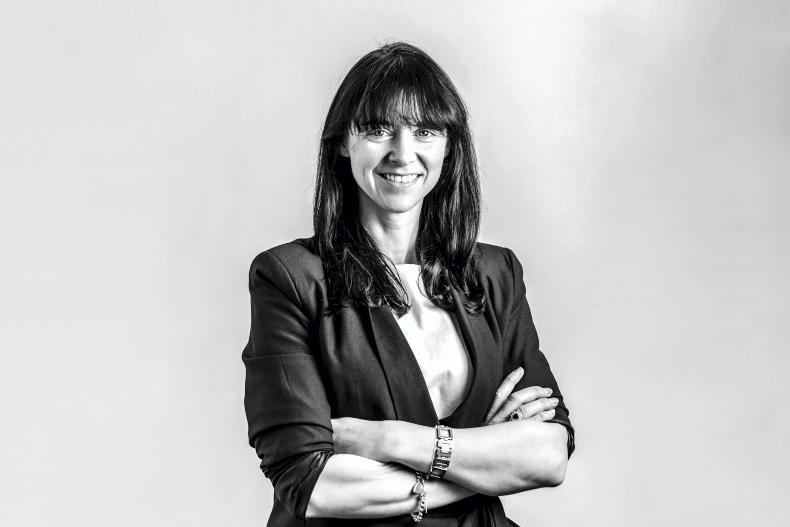


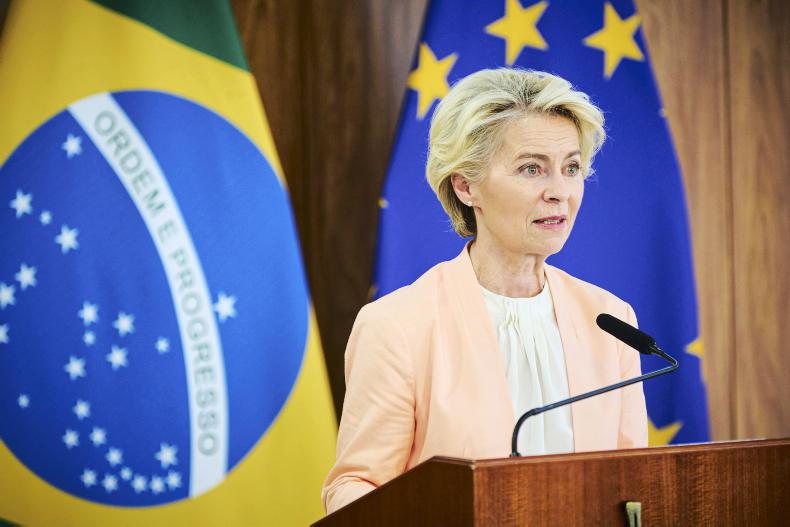
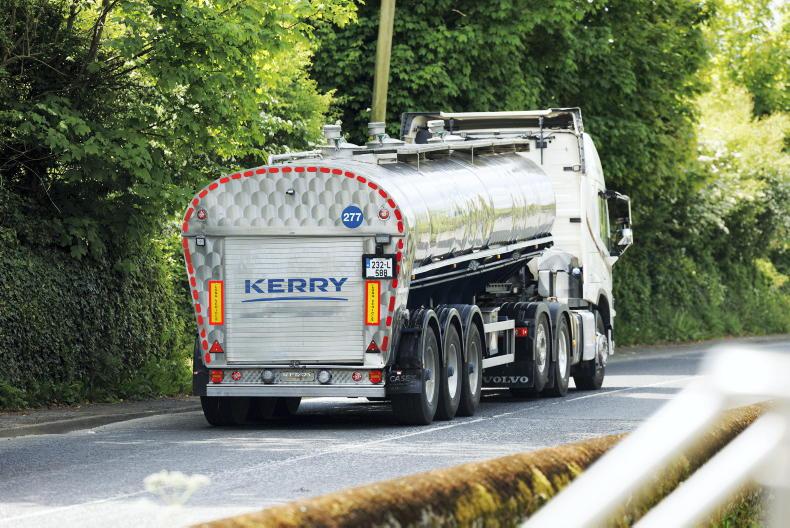
SHARING OPTIONS